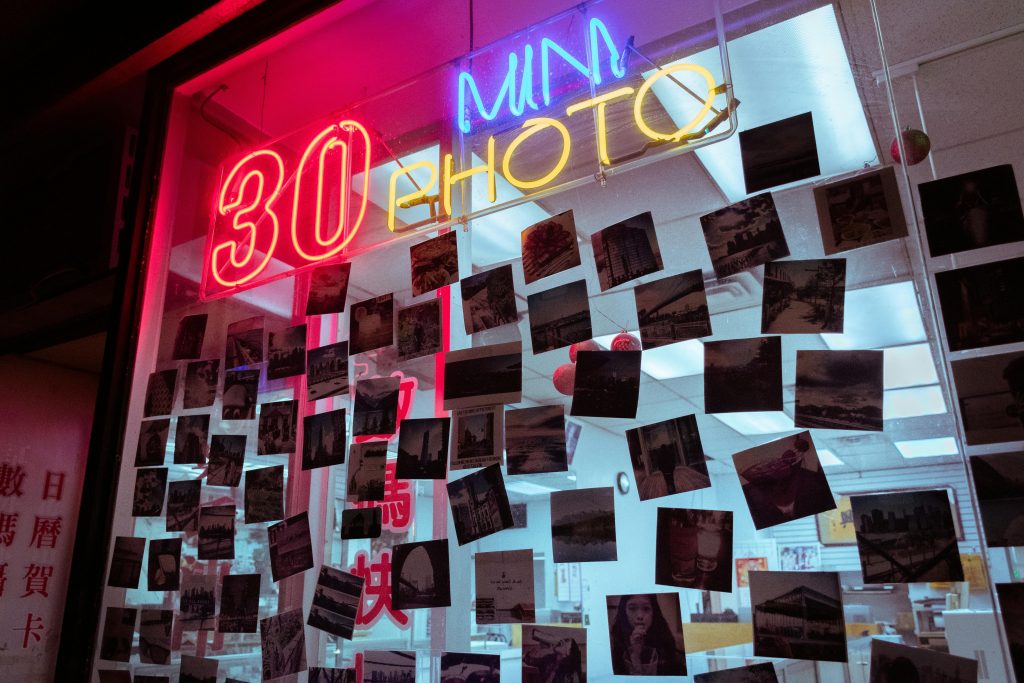Art is a universal language, and when it comes to interior design, artistic signage can speak volumes. Whether you’re designing a cozy café, a sleek office, or a chic boutique, the right signage can enhance the aesthetic appeal of your space while serving a functional purpose. In this blog post, we’ll explore how artistic signage can beautify interiors, providing practical tips and creative ideas to inspire your next project. Let’s dive into the world of artistic signage and discover how it can transform your space.
What is Artistic Signage?
Artistic signage is more than just a way to display information; it’s a form of art that adds character and charm to any environment. This type of signage combines creativity with functionality, offering a unique way to communicate messages while enhancing the visual appeal of your space. From hand-painted signs to digital displays, there are countless ways to incorporate artistic signage into your interior design.
Benefits of Artistic Signage
Artistic signage offers several benefits that go beyond aesthetics. Firstly, it can make your space more inviting and engaging, creating a memorable experience for visitors. Secondly, it helps reinforce your brand identity, making it easier for customers to connect with your business. Lastly, artistic signage can improve wayfinding, ensuring that people can easily navigate your space.
Types of Artistic Signage
There are many different types of artistic signage to choose from, each with its own unique style and benefits. Here are some popular options:
- Hand-Painted Signs: These signs offer a personal touch and can be customized to fit any design theme.
- Neon Signs: Bright and eye-catching, neon signs are perfect for adding a pop of color to your space.
- Metal Signs: Durable and versatile, metal signs can be used both indoors and outdoors.
- Wooden Signs: These signs add a rustic charm and are ideal for creating a cozy, welcoming atmosphere.
How to Choose the Right Signage for Your Space
Choosing the right signage for your space involves considering various factors, such as the purpose of the sign, the design theme, and the materials used. Here are some tips to help you make the right choice:
Consider the Purpose
Before selecting your signage, it’s important to consider its purpose. Are you looking to provide information, enhance branding, or simply beautify your space? Understanding the primary function of your signage will help you choose the right design and materials.
Choose the Right Materials
The materials you choose for your signage can have a significant impact on its appearance and durability. Popular options include wood, metal, acrylic, and corrugated plastic. Each material has its own unique qualities, so be sure to choose one that fits your design theme and meets your practical needs.
Creative Ideas for Artistic Signage
Now that you have a better understanding of artistic signage, let’s explore some creative ideas to inspire your next project.
Hand-Painted Murals
Hand-painted murals are a fantastic way to make a bold statement and add a unique touch to your space. Whether you choose a detailed landscape or a simple abstract design, murals can transform any wall into a work of art.
Vintage Neon Signs
Vintage neon signs are perfect for adding a retro vibe to your space. These signs are not only eye-catching but also provide a fun and playful element to your design.
Incorporating Artistic Signage into Different Spaces
Artistic signage can be used in a variety of settings, each with its own unique requirements and opportunities. Here are some ideas for incorporating signage into different types of spaces:
Retail Stores
In retail stores, signage can be used to enhance the shopping experience and promote brand identity. Eye-catching window displays, directional signs, and promotional banners are all effective ways to engage customers and drive sales.
Offices
In office spaces, signage can improve wayfinding and reinforce company culture. Consider using motivational quotes, branded logos, and directional signs to create a cohesive and inspiring environment for employees.
DIY vs. Professional Signage
When it comes to creating artistic signage, you have the option of going the DIY route or hiring a professional. Each approach has its pros and cons, so it’s important to consider your budget, skills, and time constraints.
DIY Signage
DIY signage allows you to add a personal touch and save money. There are plenty of online tutorials and resources to help you create your own signs. However, DIY projects can be time-consuming and may not always deliver the polished look you desire.
Professional Signage
Hiring a professional ensures high-quality results and saves you time. Professional sign makers have the expertise and equipment to create custom signs that perfectly match your vision. While this option may be more expensive, the investment is often worth it for the superior quality and durability.
Conclusion
Artistic signage is a powerful tool for beautifying interiors and enhancing the overall experience of your space. By carefully selecting the right materials, designs, and themes, you can create signage that not only looks great but also serves a functional purpose. Whether you choose to go the DIY route or hire a professional, the possibilities for creative and impactful signage are endless.

